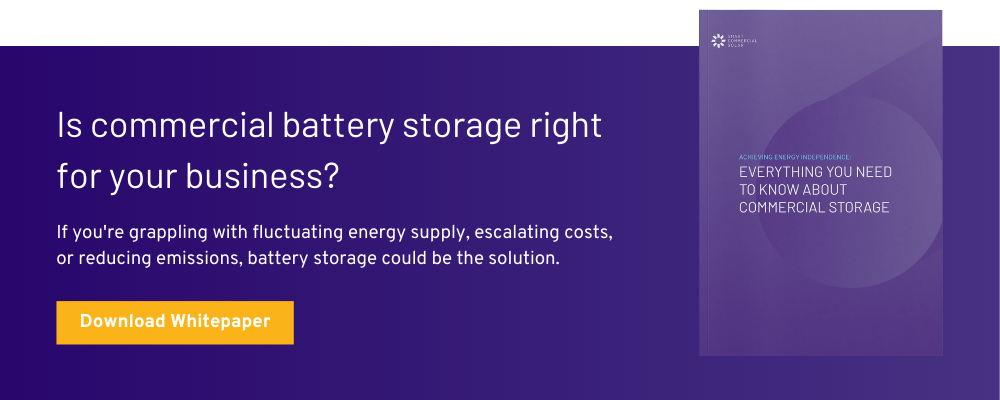Batteries have an essential role to play in facilitating the world's transition to clean energy, enabling homes and businesses to store excess renewable power for later deployment. Unfortunately, batteries also have a limited lifespan, are challenging to recycle and come with high initial costs. Add in concerns around resource depletion and an energy-intensive production process and it’s easy to understand why interest in second-life batteries – batteries that have reached the end of their "automotive" life but still have a residual capacity of about 70-80% – is growing. By giving batteries a second life, we extend their functional lifespan, reducing waste and making a significant contribution to the circular economy.
What is a second-life battery?
A second-life battery refers to a used electric vehicle (EV) or stationary energy storage battery that is repurposed for a secondary application after its initial service life in its original context. While a battery may no longer meet the performance requirements for its primary use (such as powering a car), it might still have enough capacity and functionality for less demanding applications, such as stationary energy storage for renewable energy systems, grid support, or backup power.
Extending the life of batteries in this way means reducing their carbon footprint and increasing the amount of renewable energy available on the grid. It also makes electric vehicles cheaper because it converts waste disposal costs into residual value.
An example of second-life battery innovation in Australia is Nissan Australia's Circular Economy project at the Nissan Casting Australia Plant (NCAP). Known as Nissan Node, the initiative repurposes end-of-life Nissan LEAF batteries to power part of the production facility through a new solar array. This sustainable approach, aligned with Nissan Australia's carbon neutrality goals, not only reduces annual CO2 emissions by 259 tons at NCAP but also saves 128 megawatts of energy each year. The project highlights the potential of reusing EV batteries to support global EV models and supply chargers for staff vehicles.
What is the process of recycling batteries?
When an EV battery reaches the end of its “first life”, there are three options for its “second”:
- Repurposing - several suitable packs are selected and combined based on residual state, capacity, et cetera, is one option.
- Refurbishment - packs are disassembled and then single cells are reconditioned and repacked in new modules.
- Recycling - valuable metals in the battery are extracted and re-used.
Repurposed and refurbished packs can then be used in stationary applications which promote affordability, energy efficiency, environmental-friendliness, and sustainability.
Recycling a “second life battery” involves extracting the valuable materials from the battery – lithium, cobalt, nickel and manganese – and creating new batteries from them. Given that demand for EVs is expected to see double-digit growth over the current decade, the need for lithium and cobalt is expected to increase eighty- and fifty-fold respectively by 2030, making this a viable end-of-first-life solution.
Is there a market for second-life batteries?
In a word, yes – and it’s growing significantly.
The market for repurposing used electric vehicle (EV) batteries is expected to reach around US$9 billion globally by 2030. This is due to several factors, including using old EV batteries for stationary energy systems, effective recycling, and government regulations promoting battery reuse. The market is primarily driven by the increasing use of smart grids and electric vehicles, especially in commercial settings. Despite challenges in applying these batteries to mobile uses, the focus on sustainable energy and the adoption of electric vehicles is propelling the market forward. Asia Pacific leads the way in this market, with key players like Enel X, Nissan, and others contributing to its growth.
What are the benefits of battery recycling and reuse?
Second-life batteries offer businesses a range of valuable benefits. Firstly, they provide a cost-effective solution for storing energy, enabling businesses to optimise their solar power system with less upfront costs than typically associated with battery storage. Beyond the financial advantages, these batteries play a crucial role in reducing electronic waste and lessening the environmental impact associated with battery disposal. They can also enhance energy resilience by storing surplus energy from solar panels, ensuring a steady power supply even during periods of low sunlight.
Businesses that embrace second-life battery technology not only enjoy these practical advantages but also showcase a strong commitment to sustainability and environmental stewardship.
Image source: Renault Group




